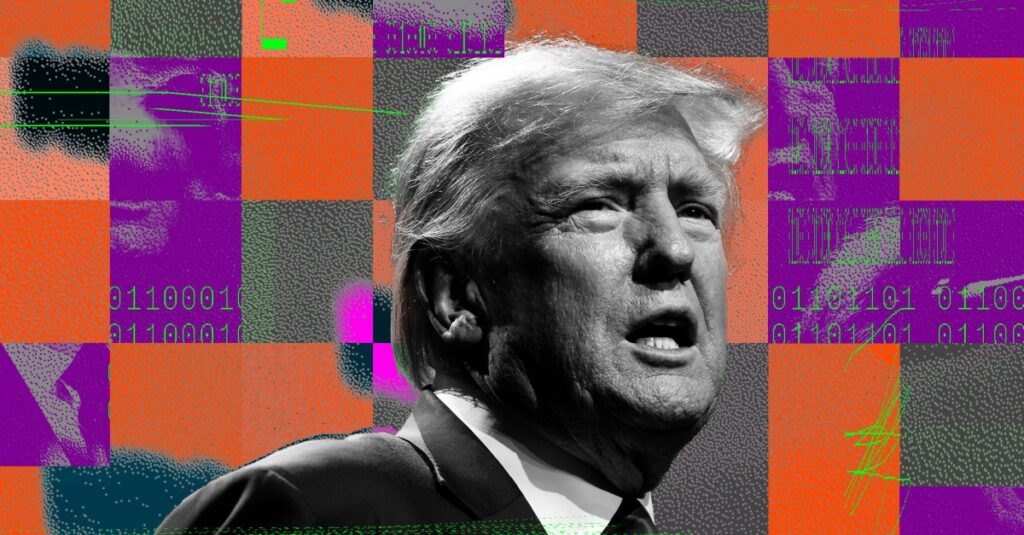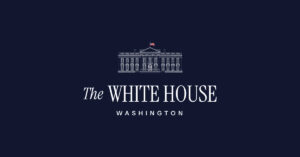
AT&T has refuted claims that its network was responsible for a disrupted conference call involving former President Donald Trump and faith leaders across the United States. The incident, which Trump described as a failure of AT&T’s equipment, has been attributed by the company to an unnamed “conference call platform.”
Earlier this week, Trump took to Truth Social to express his dissatisfaction with the technical issues experienced during a “major conference call” that reportedly connected tens of thousands of participants. He criticized AT&T, stating, “this is the second time it’s happened” and suggested that intervention by the company’s leadership could resolve the issue.
AT&T’s initial response was one of uncertainty, as the company reached out to the White House to “quickly understand and assess the situation,” according to a communication on X, formerly known as Twitter. By 6:53 PM ET, AT&T clarified that their preliminary analysis indicated the disruption was due to the conference call platform, not their network. “Unfortunately, this caused the delay, and we are working diligently to better understand the issue so we can prevent disruptions in the future,” the company stated.
Background and Context
The incident highlights ongoing tensions between major telecommunications companies and high-profile political figures. This is not the first time technical issues have marred significant communications involving political leaders, raising questions about the reliability of digital infrastructure in high-stakes scenarios.
Conference calls of such magnitude, involving tens of thousands of participants, are complex undertakings that require robust technology. The failure of the call underscores the challenges companies face in providing seamless services under heavy demand and scrutiny.
Industry Reactions and Expert Opinions
Industry experts have weighed in on the situation, noting that while AT&T’s network is generally reliable, the integration with third-party platforms can introduce vulnerabilities. Telecommunications analyst Sarah Thompson commented, “In large-scale calls, the weakest link often determines the outcome. AT&T’s infrastructure is solid, but if the platform hosting the call falters, it can lead to significant disruptions.”
The lack of transparency regarding the specific platform at fault has also sparked discussions about accountability and the need for better collaboration between network providers and software platforms. “This incident should be a wake-up call for all involved to ensure better coordination and testing before such large events,” added Thompson.
Historical Parallels and Future Implications
This isn’t the first time a high-profile communication has been interrupted due to technical issues. Historical parallels can be drawn to past incidents where technology failed during critical moments, such as the 2012 presidential debate streaming issues or the 2020 Iowa caucus app malfunction.
Such disruptions can have far-reaching implications, affecting public perception and trust in digital communication tools. The current incident involving Trump may prompt organizations to reassess their technical strategies and invest in more reliable solutions.
“We’ll use another carrier next time,” Trump remarked, indicating a potential shift in preference for future communications.
Looking Ahead
As the situation develops, AT&T is likely to conduct a thorough investigation to prevent future occurrences. Meanwhile, the incident serves as a reminder of the critical role technology plays in modern communication and the importance of robust, reliable systems.
The White House has yet to comment on the situation, and it remains to be seen whether this will lead to broader changes in how large-scale conference calls are managed in the political sphere.
As organizations continue to navigate the complexities of digital communication, the need for seamless integration between networks and platforms will be paramount to avoid similar disruptions in the future.







